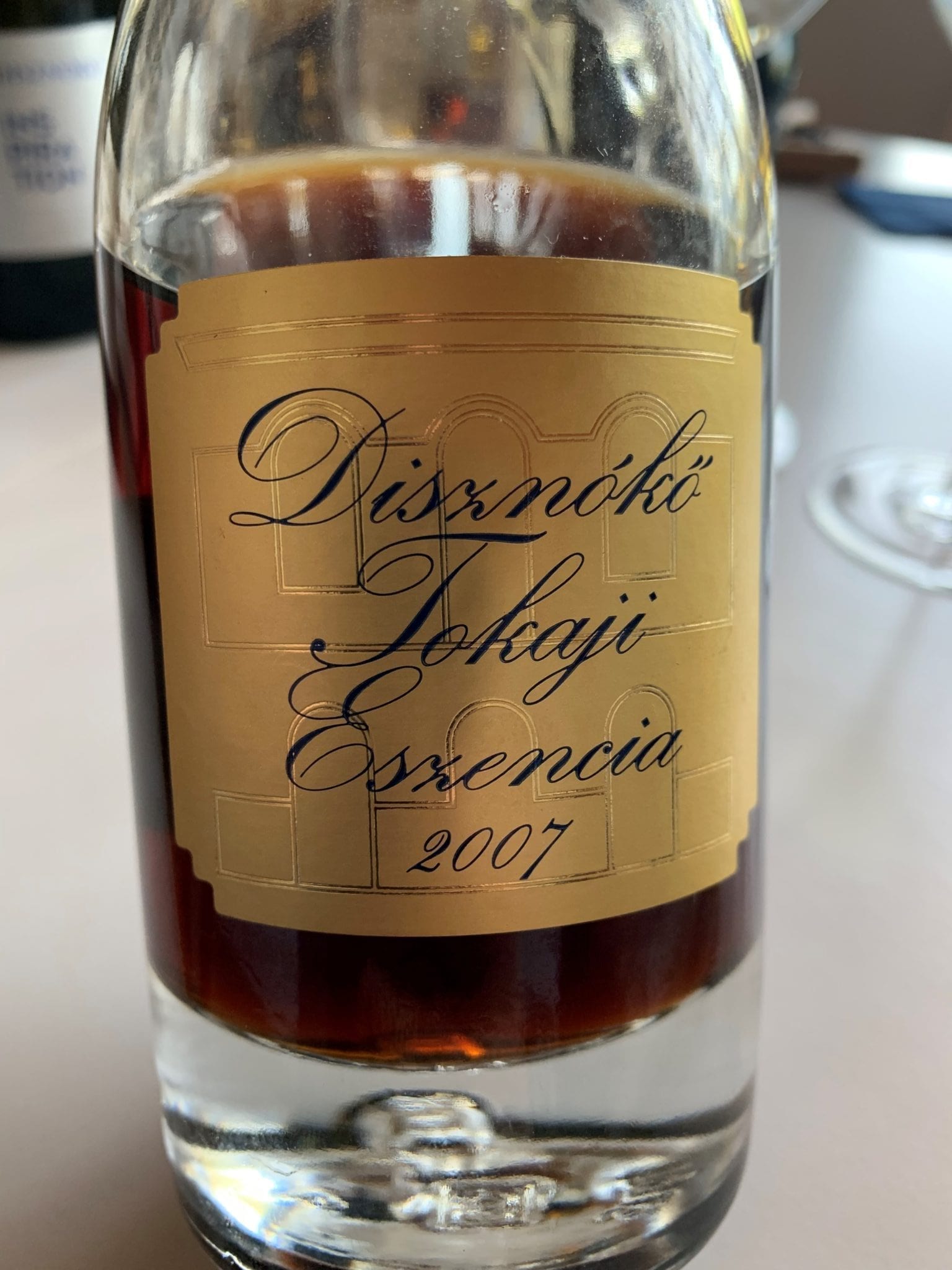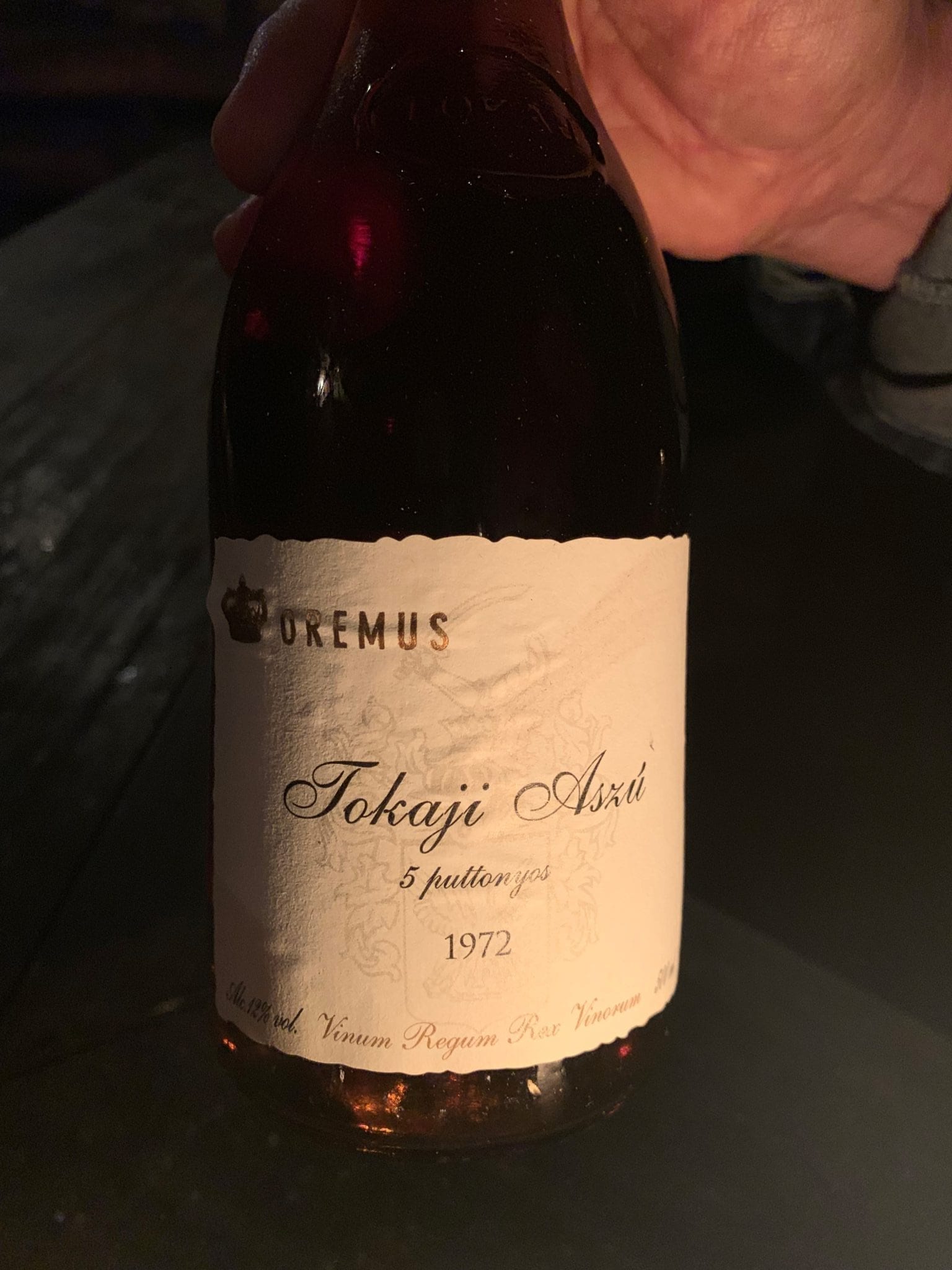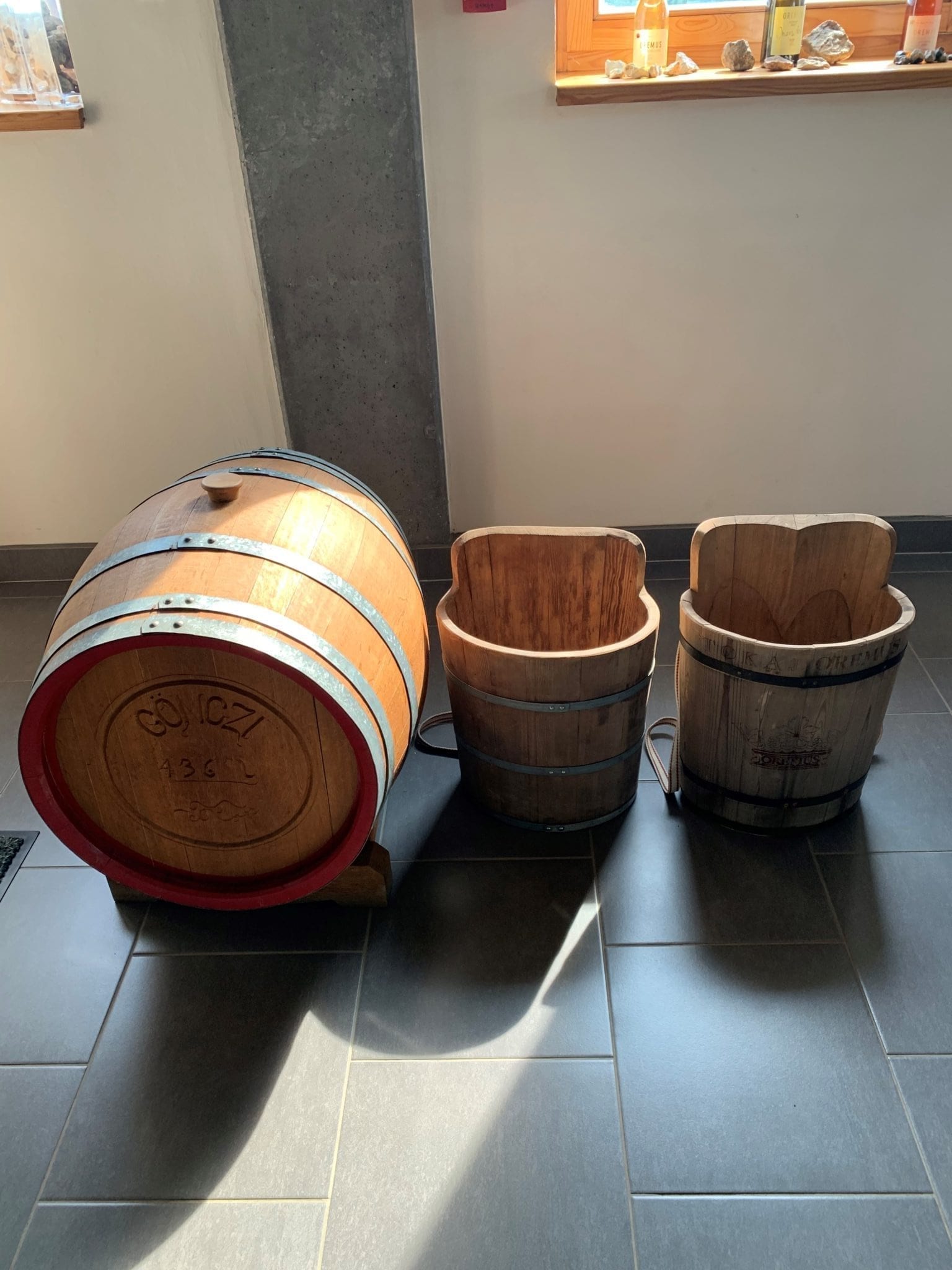Tokaj: the wine of Kings, the King of wines – part II
Deputy Head Sommelier Emmanuel Cadieu visited the vineyards (*) of Tokaj in Hungary and tasted their exceptional wines. He’s sharing his adventure with us.
You can read the first part of his story there.
“The region has since a long time been known for sweet botrytised wines. Nowadays, the wine producers have also another focus and are all producing dry white wines.
The dry wines are indeed easier to produce and generally a good source of cashflow for the producers.
The quality has very much increased over the years with the isolation of specific terroirs and therefore the bottling of specific Crus or expressions of single vineyards. A great work has also been made in identifying the best clones of local varietals in order to produce high quality dry wines.
The different styles of Tokaj:
- Sparkling: More and more sparkling wines are produced in the region, providing fresh, crisp and lively wines.
- Dry (Szaraz): The dry wines have seen a big push those last few years, especially with people like star winemaker Istvan Szepsy who started to produce high quality dry wines in the 90’s. The wines might be aged in Hungarian or French oak (Furmint usually responds well to oak) and might go through malolactic fermentation.
- Late Harvest: Those wines do not require Botrytis and therefore are easier to produce. They often don’t have the complexity of wines made with Noble Rot but are also cheaper and increasingly popular.
- Szamorodni: The name derived from Polish language (meaning ‘at it comes’) when Polish merchants were exporting the wine. The wines are made with whole bunches containing a mixture of both healthy and botrytised grapes. The most widely produced is a sweet style (Edes), however a handful of producers are producing beautiful dry styles aged under flor, similar to the Jura style (unfortified).
- Aszu: The most famous style of Tokaj, made with Botrytis affected grapes. The grapes are usually hand-picked one by one in the vineyard in order to get the perfect Botrytis attacked grapes. The mention of Puttonyos is referring to the number of traditional hods (aka Puttony) filled up with Aszu berries and added to the Gonci, traditional cask (136L) and indicating the according level of sweetness (120g/l for 5 Puttonyos, 150g/l for 6 Puttonyos).
- Forditas: A rare style where the wine is made by soaking the already pressed Aszu dough with the must, resulting into a Botrytis flavoured wine.
- Eszencia: This is the free run juice coming from the Aszu berries. The resulting juice is then very slowly fermenting in demi johns. The wine is very sweet with a minimum of 450g of residual sugar by law (can reach 800g/l sometimes). It rarely reaches an alcohol level of more than 3% ABV due to the high level of sugar. A real nectar traditionally served with a spoon!”
*Wine producers visited by Emmanuel:
Oremus, Barta, Balassa, Kiralyudvar, Disznoko, Samuel Tinon, Szepsy, Demeter, Lenkey, Holdvolgy





